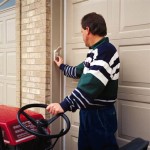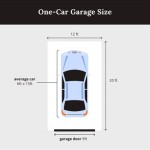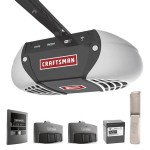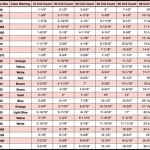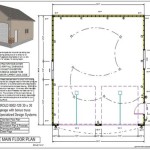Do All Garage Doors Have Springs?
Garage doors are an essential component of any home, providing access to the garage and protecting your vehicles and belongings. Garage doors are typically opened and closed using springs, which provide the necessary tension to lift the door and keep it in place. But not all garage doors use springs, and the type of spring used can vary depending on the size and weight of the door. Let's explore the different types of garage door springs and their applications.
Torsion Springs
Torsion springs are the most common type of spring used in garage doors. They are mounted on a shaft above the door and are wound up when the door is opened. As the door is closed, the springs unwind and provide the tension needed to lift the door. Torsion springs are suitable for heavy garage doors, such as those used for commercial applications. They are relatively durable and can last for several years with proper maintenance.
Extension Springs
Extension springs are another type of spring used in garage doors. Unlike torsion springs, which are mounted above the door, extension springs are attached to the sides of the door. As the door is opened, the springs stretch and provide the tension needed to lift the door. Extension springs are more commonly used for lighter garage doors, such as those used in residential applications. They are less expensive than torsion springs but may require more frequent replacement.
Counterbalance Springs
Counterbalance springs are a third type of spring that can be used in garage doors. They are similar to extension springs but are mounted on the jambs of the door frame rather than the sides of the door. Counterbalance springs help to balance the weight of the door as it is opened and closed. They are often used in conjunction with other types of springs to provide more stability.
Springless Garage Doors
In some cases, it is possible to have a garage door without springs. This is typically only done for very small or lightweight garage doors. Springless garage doors are usually opened and closed manually, using a crank or handle. While springless garage doors can be less expensive to install, they require more effort to open and close and may not be suitable for all applications.
Factors to Consider
When choosing a garage door spring, there are several factors to consider, including the size and weight of the door, the frequency of use, and the desired level of durability. Torsion springs are typically the best choice for heavy garage doors or those that receive a lot of use. Extension springs are more suitable for lighter garage doors or those that are used less frequently. Counterbalance springs can be used to supplement other types of springs and provide additional stability.
Conclusion
While most garage doors use springs to open and close, there are some exceptions. Springless garage doors are available but are typically only suitable for small or lightweight doors. The type of spring used in a garage door will depend on the specific needs of the application. By understanding the different types of garage door springs and their applications, you can make an informed decision about which type of spring is right for your garage door.

Different Types Of Garage Spring Systems And Why Door Torsion Springs Our Favorited Olympia Doors

Can I Replace Just One Garage Door Spring Doorvana Doors

Garage Door Spring Repair Should I Replace On My Own Or Not Overhead Company Of Tampa Bay

Garage Door Springs What You Need To Know Doors In New Jersey

Why You Should Replace Both Garage Door Springs When One Breaks Top Notch

The Complete Guide To Garage Door Springs B W Doors Specialists

Different Types Of Garage Door Springs Explained

How Do I Know What Garage Door Spring To Buy Garageworks

Torsion Springs For Garage Doors

What Is The Difference Between Extension And Torsion Springs

